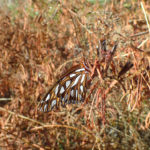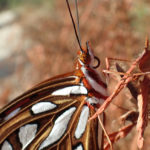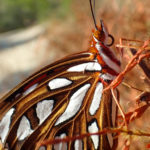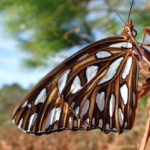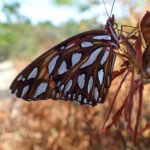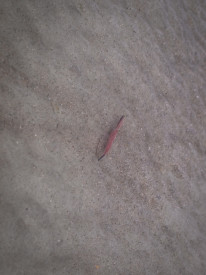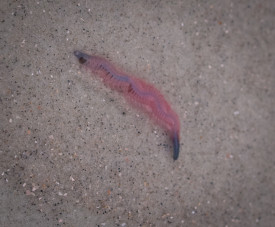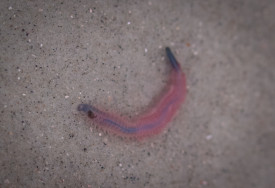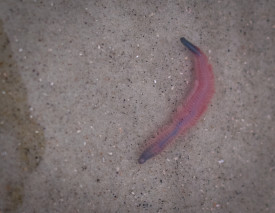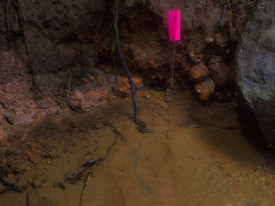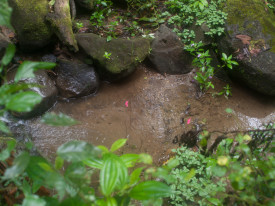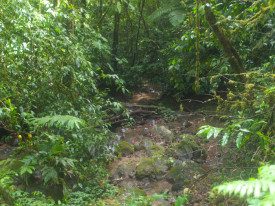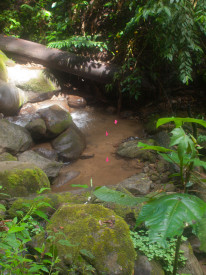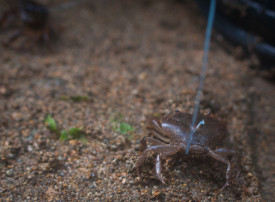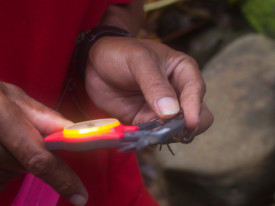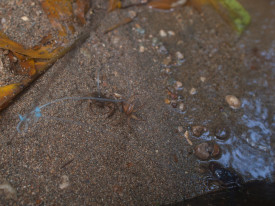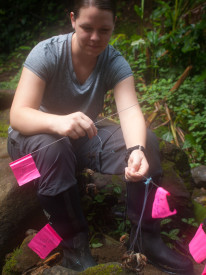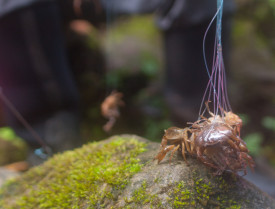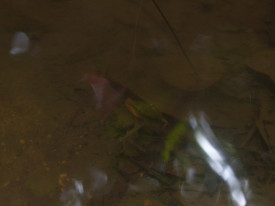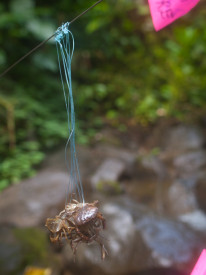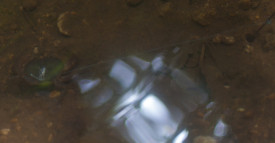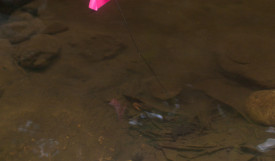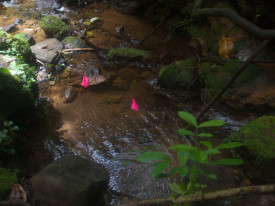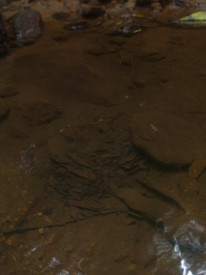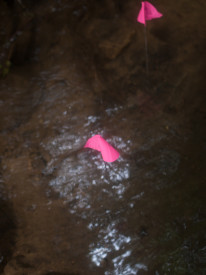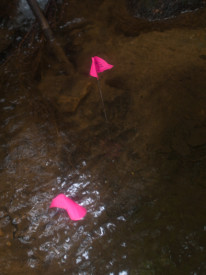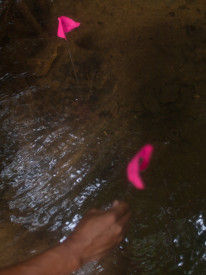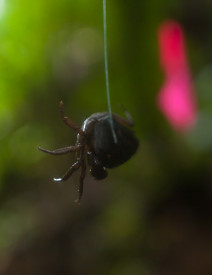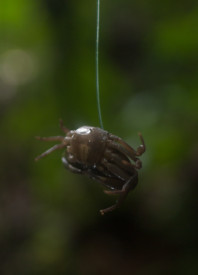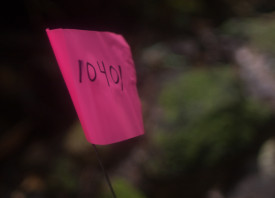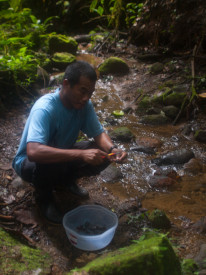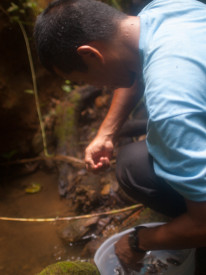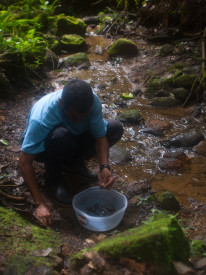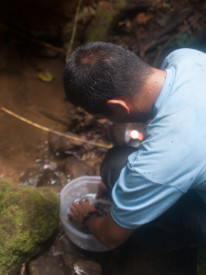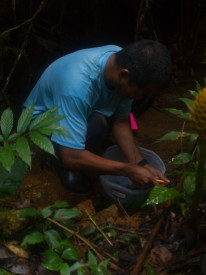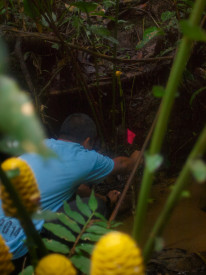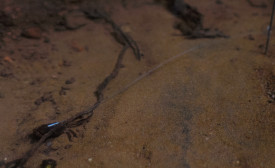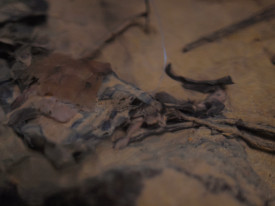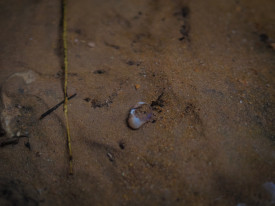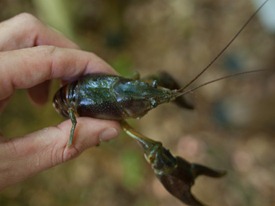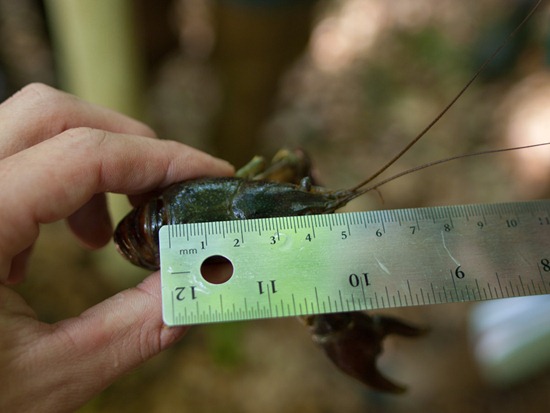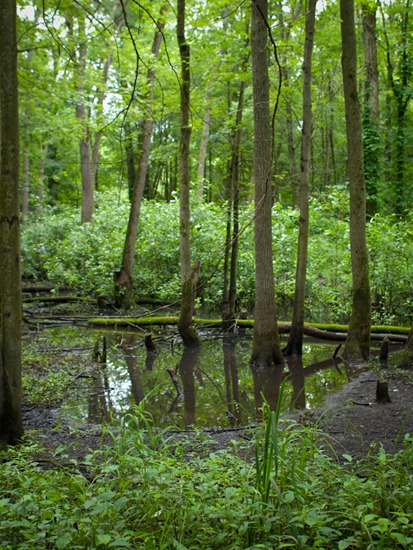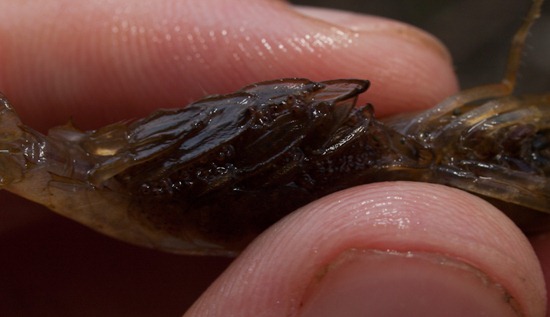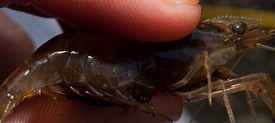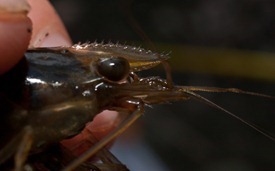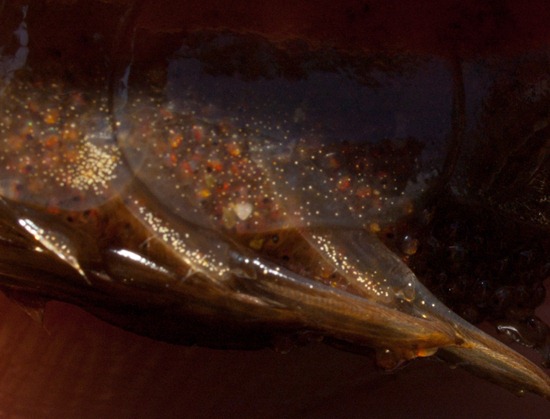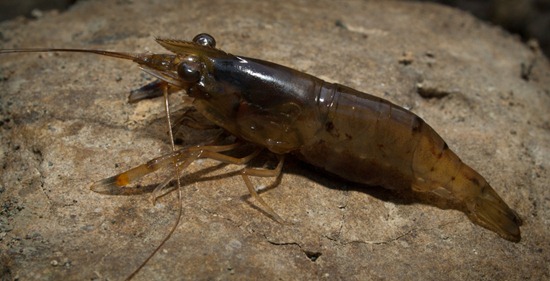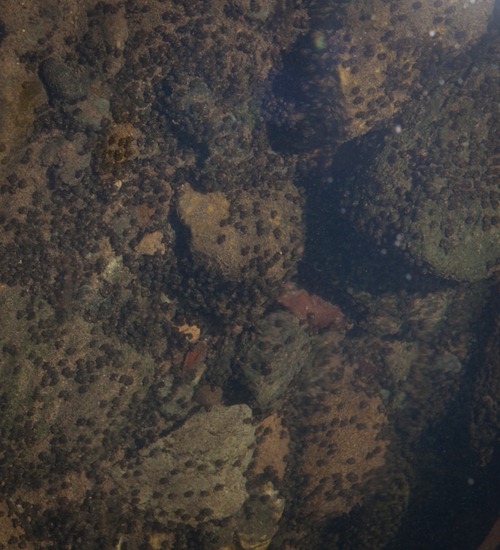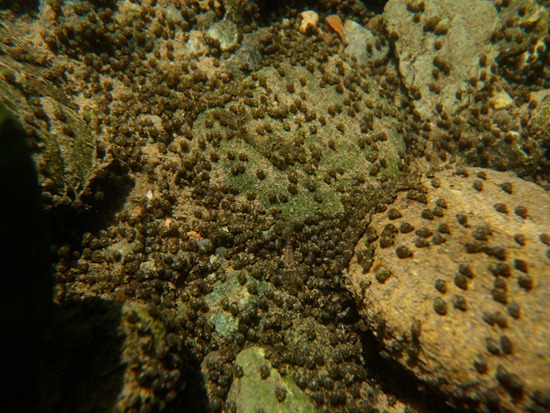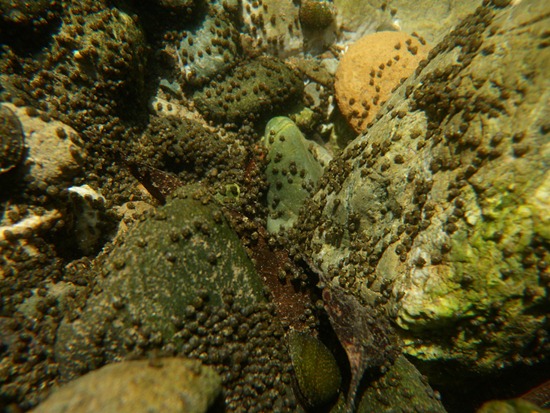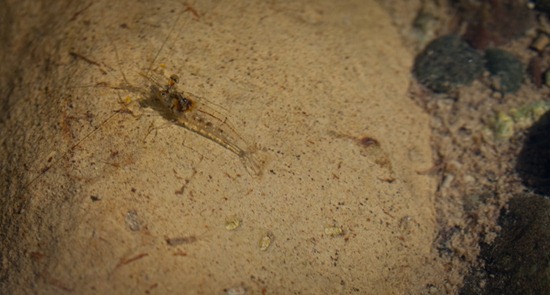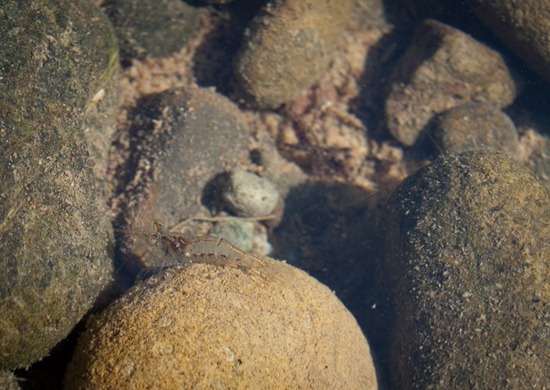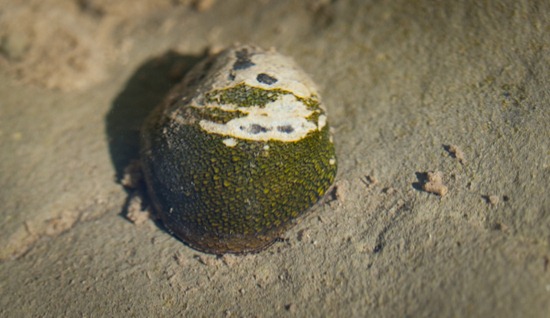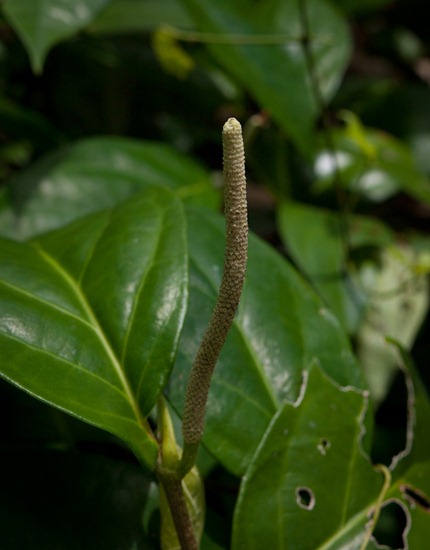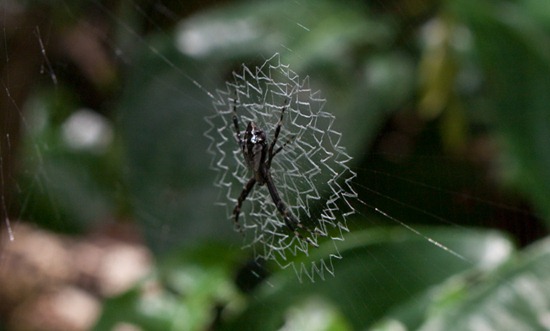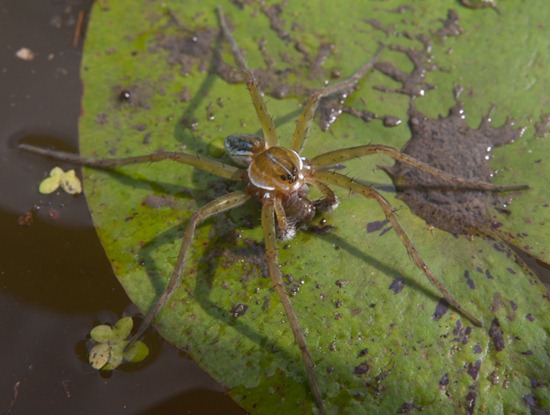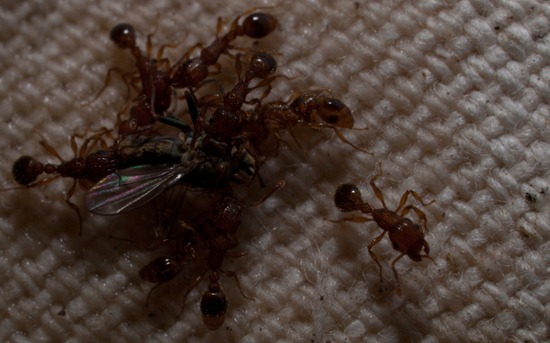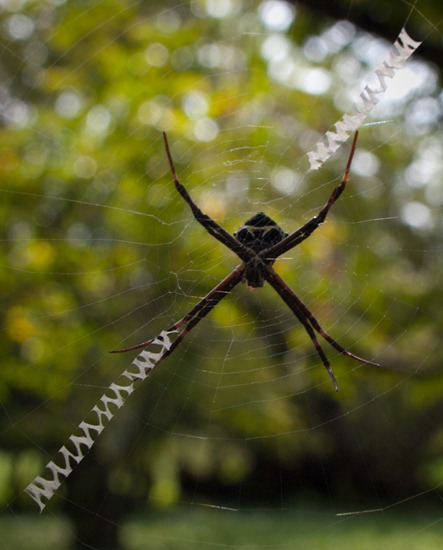A nymphalidae, perhaps a relative or member of Agraulis vanillae (Gulf Fritillary) roosts on Hilton Head Island, sheltered from the wind.
Tag Archives: Invertebrates
Reproducing polychaetes
Free swimming polychaetes (bristle worms) littered the surf at Tybee Island in April 2015. I guessed that they were depositing eggs.
Pseudothelphusid crab predation risk: Part 1
Jerry, one of my NAPIRE students from Pohnpei, Micronesia, is investigating pseudothelphusidae crab (Allacanthos pittieri) populations at the Las Cruces Biological Station this summer. His study has two major components: (1) measuring crab densities in areas that vary in the amount of leaf litter present (i.e., high and low leaf litter densities), and (2) assessing predation risk in high and low leaf litter areas (after Jenn Clark’s crayfish study; Clark et al. 2013 Hydrobiologia). Jerry hopes to demonstrated higher crab densities and lower predation risk in areas of high leaf litter because crabs are able to use the leaves as refuge and a source of food, both directly, as they are shredders, and indirectly by preying on other invertebrates in the leaf litter.
Here, Jerry has tethered crabs using monofilament fishing line to flagging in about 20 stream pools. The crabs were paired in pools and restricted to either high leaf litter sections or low leaf litter sections of each pool site.
A large crayfish an a wetland
Berried shrimp
Juvenile Neritid snails in Rio Claro
Invertebrates, underwater
These glass shrimp (I can’t recall the species) are extremely common in Osa streams, as are the Neritid snails below.
I had to take these photos from the surface, since I don’t have an underwater camera, but I think it would be extremely cool to see some underwater, macro-photography (like that over at Myrmecos) of macroinvertebrates.
Piper
The diverse Piper genus (Piperaceae) is used as a model system for a variety of ecological studies, including work done by Dyer at La Selva on tritrophic interactions (i.e., plant [Piper] – caterpillar – parasitoid). It’s also economically important – we grind the dried fruit or seed to produce pepper.
Here is a flower spike of a common species in Cahuita –I have no clue which – and a spider with stabilimentum that was often present with patches of Piper.
Fly predation
| The flies that are commonly seen on Echinodorus flowers are attracted to white objects and, perhaps, vegetation that’s been stirred up (well, the Syrphids certainly are – their increased abundance makes their buzz is loud in area’s I had recently walked through and disturbed within the wetland). Consequently, the flies are attracted to various white objects I’m carrying, and, occasionally one gets knocked down or otherwise temporarily incapacitated. The brief incapacitation resulted in two predation events picture here, both within less than 5 minutes.
A group of ants and a large, surface dwelling spider prey upon flies. |
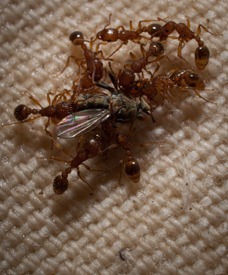 |

